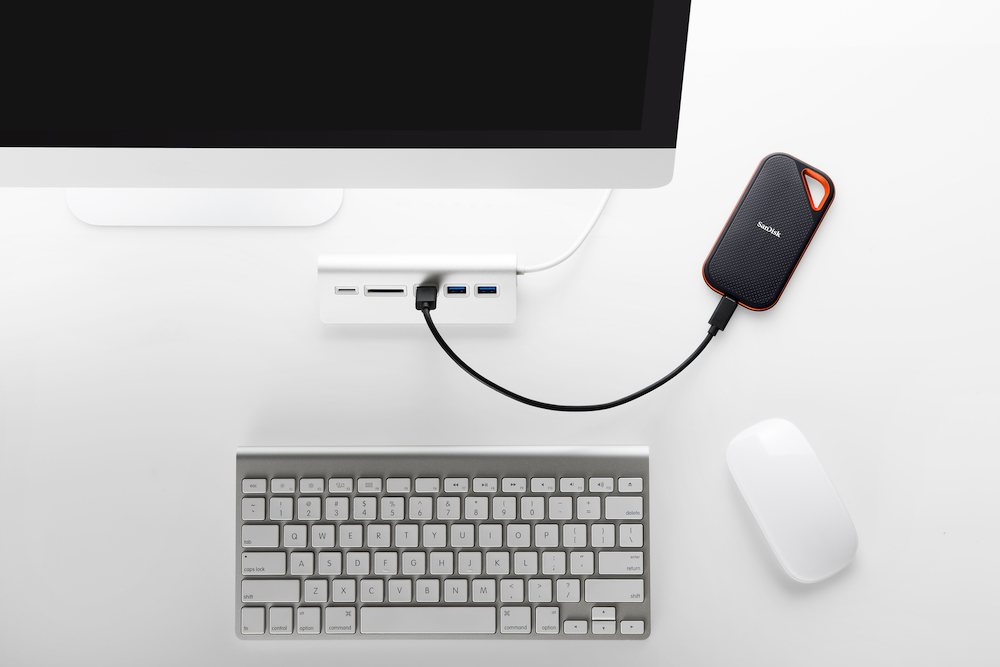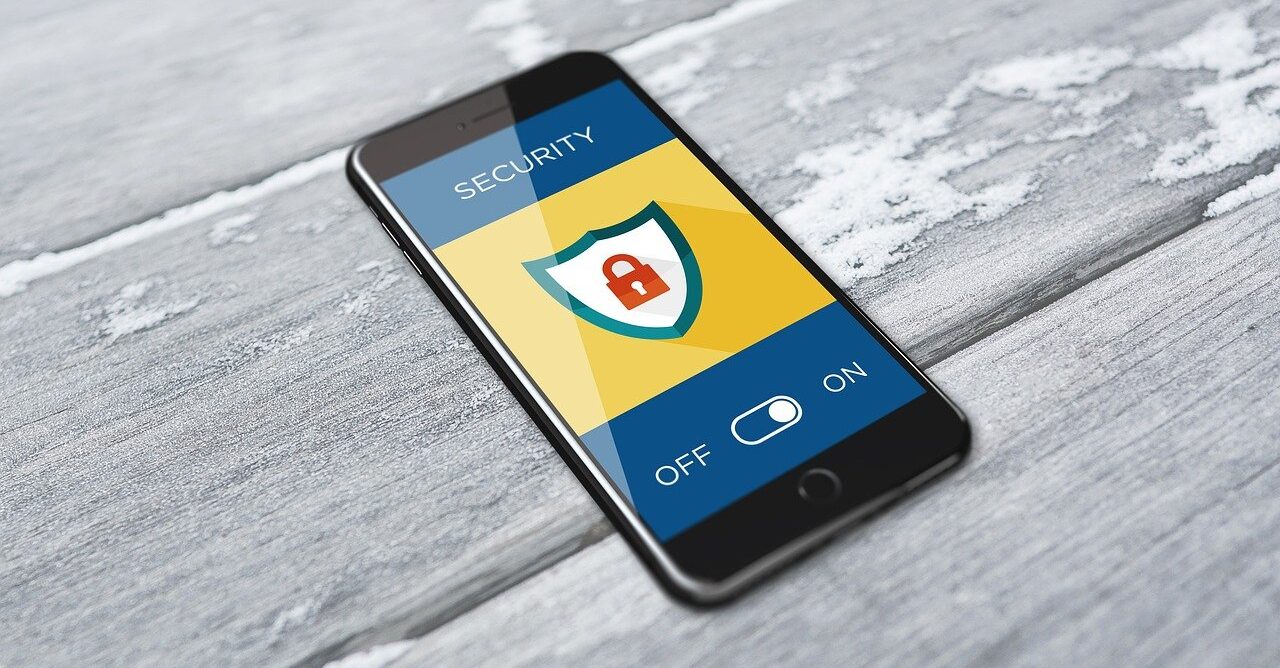The global IT outage triggered by a faulty CrowdStrike software update has unleashed a wave of cybercrime, capitalizing on the chaos. As this unprecedented disruption affects Windows computers worldwide, cybercriminals are intensifying their attacks, launching phishing campaigns, and spreading malware-infested links.
Adding to the crisis, recent high-profile cyber incidents, such as the SXUL hacker’s massive data breach have further emboldened threat actors. These criminals are preying on individuals and organizations desperate for solutions, disguising their attacks as CrowdStrike-related updates or fixes, and exploiting the widespread uncertainty to deploy sophisticated scams and malware.
My goal is to help you get protected and ready in the best ways to fend off these sophisticated criminal minds.
Tackle these safety measures one at a time to boost your position of protection for you and your family.
1) Deploy top antivirus protection on all of your devices
The best way to safeguard yourself from malicious links that install malware, potentially accessing your private information, is to have antivirus software installed on all your devices. This protection can also alert you to phishing emails and ransomware scams, keeping your personal information and digital assets safe.
My top pick is TotalAV, and you can get a limited-time deal for CyberGuy readers: $19 your first year (80% off) for the TotalAV Antivirus Pro package.
Read more of our review here.
2) Upgrade home WiFi: Don’t let your old router let in trouble

Routers that came with your original installation of broadband Internet at home are likely out of date when it comes to offering good performance and protection.
In addition to increasing WiFi speeds and ridding your home of Internet dead spots, today’s newer mesh routers are easier than ever to set up and do a much better job than anything your cable or telephone high-speed connection is providing (and many times charging a monthly fee for it).
My favorite choice is this eero mesh wireless router bundle that is super easy to set up in minutes and powerful. The eero app lets you control your home network even remotely when you’re away. You can learn more about upgrading home internet routers here.
3) Install a Password Manager to strengthen access
Create strong passwords for your accounts and devices, and avoid using the same password for multiple online accounts. Consider using a password manager to securely store and generate complex passwords. It will help you to create unique and difficult-to-crack passwords that a hacker could never guess. Second, it also keeps track of all your passwords in one place and fills passwords in for you when you’re logging into an account so that you never have to remember them yourself. The fewer passwords you remember, the less likely you will be to reuse them for your accounts.
One of the best password managers out there is 1Password. With no known security breaches or vulnerabilities, 1Password is a solid option as a paid password manager. It utilizes a well-designed interface, which features core components that are expected from premium, paid password managers. At the time of publishing, it starts at $2.99 a month, billed annually, for a total of $35.88/year, and you can save more with a family option which includes 5 family members for $60/year.
Get more details about my best expert-reviewed Password Managers of 2024 here.
4) Use a VPN to keep everything private and away from prying eyes
Consider using a VPN to protect against being tracked and to identify your potential location on websites that you visit. Many sites can read your IP address and, depending on their privacy settings, may display the city from which you are corresponding. A VPN will disguise your IP address to show an alternate location.
My top recommendation is ExpressVPN. It has a quick and easy setup, is available in 105 countries, and will not log your IP address, browsing history, traffic destination or metadata, or DNS queries.
Right now you can get 3 extra months FREE with a 12-month ExpressVPN plan. That’s just $6.67 per month, a savings of 49%! Try 30 days risk-free.
Read more of our review here.

5) Make regular backups to avoid becoming a ransomware hostage
Make sure to have a secure backup of everything important to you and make sure to periodically create backups at intervals. I use this SanDisk Extreme Pro SSD that starts with 1TB storage. I originally got it for using during trips to offload photos and videos.
Today, I use it for my most important backups. SanDisk Extreme Pro SSD is rugged IP55 water and dust resistant exterior that can survive a drop of 2 meters which is about 6 feet 7 inches.
At least once a month, I plug in my backup SSD to offload another copy of my stuff from my primary computer. This is super fast at reading and writing. That way, if I were ever successfully attacked with malware or scammed into a ransomware lock, I can restore from a protected version of my data.
Tip: Make sure to unplug the drive between uses to isolate it from a hacker being able to gain access.
Make sure to share this with those who you love in life.
</iframe>
More:
2.7 billion records leaked in massive US data breach
Copyright 2024 CyberGuy.com. All rights reserved. CyberGuy.com articles and content may contain affiliate links that earn a commission when purchases are made.




3 comments
Hi Gary – Good question. ExpressVPN with eero works best when used in bridge mode from another ExpressVPN compatible router ahead of it. Or otherwise ExpressVPN will work when on devices connected downstream from eero, but not on the eero router itself.
What a lot of people do who want the best of both worlds is: keep/get your ExpressVPN-compatible router > setup your eero > change eero to bridge mode > turn off wifi from the ExpressVPN router. Side note: I’m a big fan of eero, not a big fan of the add- on “eero secure” so I skipped enrolling into eero secure.
eero support offered the following guidance: “Our setup process assumes you are doing a simple modem–eero setup and fully replacing your old router. You can absolutely leave the old router in place in what is known as a Double NAT configuration modem–VPN router–eero. Once the eero is fully setup, enable Bridge mode via the DHCP & NAT section of the Advanced Settings menu, and our system will allow VPN traffic to pass through, allowing the use of the eero’s extended range, while still using the VPN software of the old router.”
Survivalists’ info to live by.
Found your site after seeing you with Varney on FBN, thanks for the tips. I am a very experienced computer user, but it’s always good to check new sources for information…there’s always more to learn!